The views expressed in our content reflect individual perspectives and do not represent the authoritative views of the Baha'i Faith.
Blessed is the spot, and the house, and the place, and the city, and the heart, and the mountain, and the refuge, and the cave, and the valley, and the land, and the sea, and the island, and the meadow where mention of God hath been made, and His praise glorified. – Baha’u’llah, Baha’i Prayers, p. ii.
As far as we know, every human civilization and culture has practiced some form of prayer.
In fact, if you define prayer broadly—as a supplication to a spiritual reality beyond the material world—it becomes the one constant we all share across the tens of thousands of years our species has existed. The oldest record we have of those human spiritual yearnings, the cave paintings and rock art of our distant ancestors, proves that even the cave-dwellers’ thoughts went beyond their physical existence.
Every indigenous culture alive today has its own spiritual tradition of prayer. But we’ve lost much of the continuity and beauty of those traditions as languages fall out of use and become extinct, as the modern age encroaches and as urbanization and mass media proliferate. Sadly, much of the rich wisdom of those ancient spiritual practices has faded from the world’s consciousness. When we study the ancient spiritual traditions, then, we sometimes only have that lost culture’s remaining works of art to guide us.
One of the most remarkable attempts at understanding that art—especially the petroglyphs and petrographs from humanity’s very oldest groups, tribes and civilizations—happens today at the Rock Art Research Institute, part of the University of the Witwatersrand in South Africa. RARI has made an extensive study of the links between the shamanistic spiritual practices of the San people and their rock art. The San tribe, one of the last remaining Kalahari desert peoples, still has an active practice of rock painting—and still uses many of the symbols and themes common to ancient rock art around the world. In fact, the researchers who study the San rock art now know that it plays a fundamental part in the religious lives of its creators and the tribe itself:
The art captured things from the San’s world behind the rock-face: the other world inhabited by spirit creatures, to which dancers could travel in animal form, and where people of ecstasy could draw power and bring it back for healing, rain-making and capturing the game. – from the RARI website.
This unusual research gives us a window into the prayerful meanings behind the petroglyphs and petrographs of the past. Cave art and rock art take on new significance in light of the discoveries RARI has made and continues to make. Those discoveries teach us that the art of the world’s ancient peoples had a primarily spiritual purpose. That art, in other words, allowed its creators to pray to their Creator, to ask for sustenance or praise nature’s bounty, to symbolically unloose the birds of the spirit and allow them to fly to the high heavens.
The visual supplications of their rock art connected prehistoric peoples to their higher spiritual natures, just as our prayers do today.
But today, in many modern cultures, we sometimes adhere to the forms of worship we learned from our ancestors, and reduce prayer to a sterile, passive ritual, narrowing its expressive possibilities and limiting its definition to a single activity. In many churches we sit quietly on Sunday, with our heads bowed, our hands folded and our eyes closed, trying to think spiritual thoughts; or we listen as the priests or ministers pray for us. In synagogues we assemble a minyan and quietly say our prayers together. In mosques we gather for salat and follow along with the mullah.
Compartmentalizing our beliefs into standardized rituals and restricting our prayers in this way can make praying a hollow ceremony, devoid of any real meaning and disconnected from our inner lives.
The Baha’i teachings vastly expand the definition of prayer:
Everyone should have some trade, or art or profession, be he rich or poor, and with this he must serve humanity. This service is acceptable as the highest form of worship. – Abdu’l-Baha, Abdu’l-Baha in London, p. 93.
Work done in the spirit of service is the highest form of worship. – Abdu’l-Baha, Divine Philosophy, p. 83.
O ye loving mothers, know ye that in God’s sight, the best of all ways to worship Him is to educate the children and train them in all the perfections of humankind; and no nobler deed than this can be imagined. – Abdu’l-Baha, Selections from the Writings of Abdu’l-Baha, p. 138.
If a man engageth with all his power in the acquisition of a science or in the perfection of an art, it is as if he has been worshipping God in churches and temples. – Abdu’l-Baha, Selections from the Writings of Abdu’l-Baha, p. 144.
These uniquely expansive re-definitions explode the possibilities of what it means to pray. For Baha’is, prayer encompasses not only the meditative communion with God we normally associate with worship– but also the dedicated practice of sciences or the arts, the education of children and selfless service to humanity. In much the same way that ancient and modern indigenous peoples view prayer, Baha’is don’t restrict prayer to an occasional ritual; but instead believe that prayer is life well-lived.


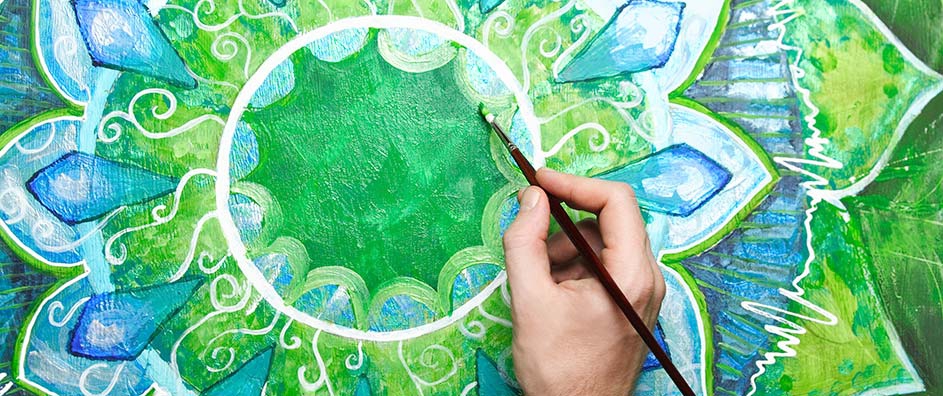
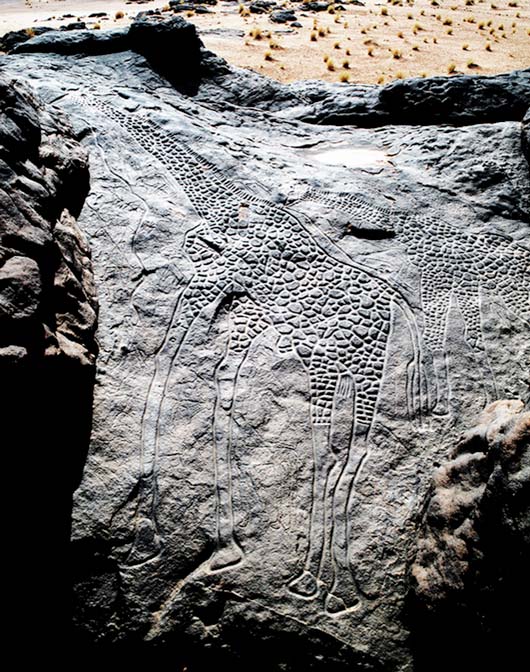

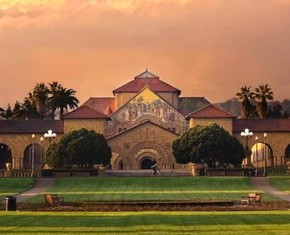
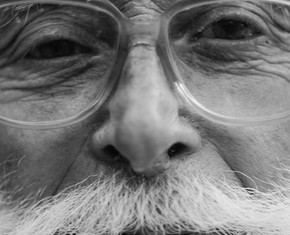
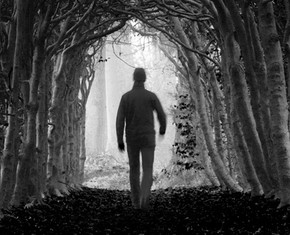









Comments
Sign in or create an account
Continue with Googleor